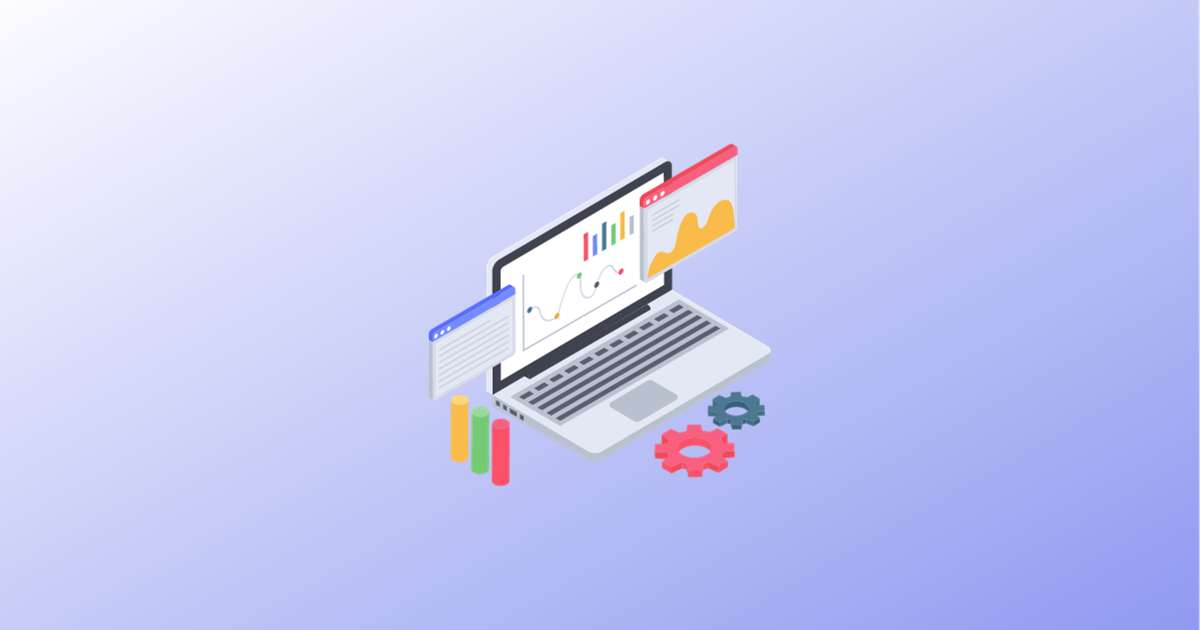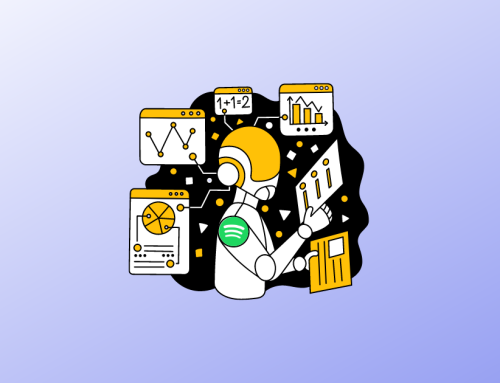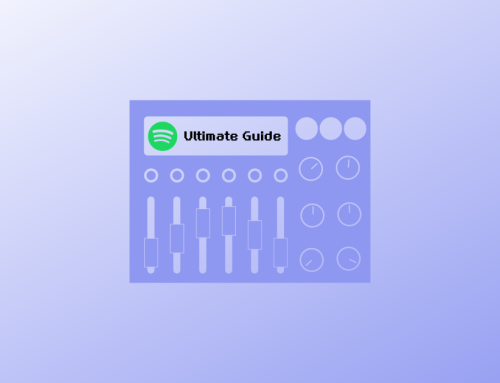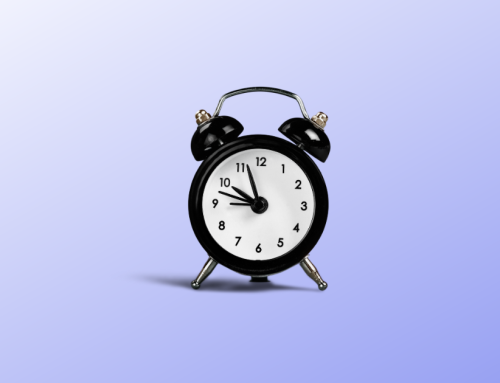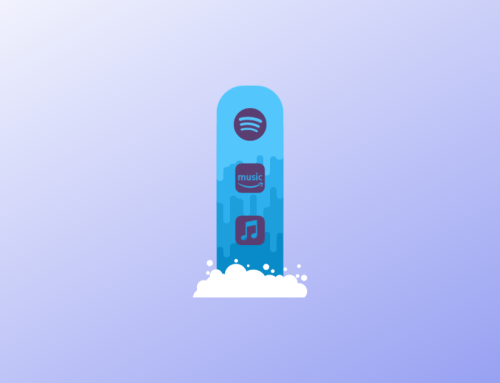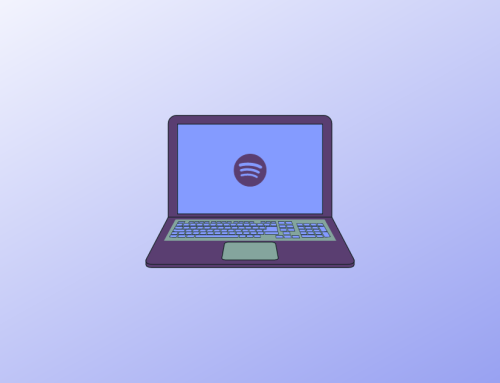The digital age has completely revolutionized the way music artists distribute their work. It’s no longer about record sales and radio playtime but streaming numbers and social media followers. But what do all these numbers mean, and how can they help you as an independent artist?
Leveraging data from your digital distribution platforms can be a game changer for your career. Understanding this data is critical if you’ve ever wondered why certain songs get more streams or how to reach your audience more effectively.
Imagine knowing exactly where most of your listeners are located. What if you could tell what time of day they’re most likely to stream your music? These insights aren’t just possible — they’re readily available to you through the analytics provided by digital distribution platforms.
The Crucial Role of Data in Digital Distribution
So, where does data fit into all this? Well, it plays a massive role. Understanding and using data effectively could be your ticket to success in this digital era.
Nowadays, every click, stream, or download generates valuable information for artists like you. This data can tell who’s listening to your music, where they’re from, and even what songs they love most. Fancy stuff!
But how can you use this goldmine of information?
- Identifying Your Audience: With access to listener demographics and locations, you’ll pinpoint precisely who enjoys your tunes.
- Tailoring Your Marketing: Knowing what songs resonate with fans helps shape future releases and marketing strategies.
- Honing Your Craft: Keep track of what works and what doesn’t regarding musical styles or techniques.
- Planning Tours: By identifying cities with high listener counts, you can plan successful tours post-pandemic.
Remember, though – raw numbers aren’t everything! It’s just as important to engage with fans directly through social media or live events (when possible). But without a doubt… data is power in digital distribution!
Mastering the art of interpreting these numbers will give you an edge over others still guessing what their audience wants.
In short, understand the data; master the game!
Grasping the Basics of Data Tracking and Analysis
As an artist, you’re both a creator and a music business. In this digital age, understanding your data is critical to your success.
Types of Data Collected Through Digital Distribution
What Types of Data are Collected
In digital distribution, there’s a wealth of data at your fingertips. Platforms like Spotify, Amazon Music, Apple Music, and YouTube offer insights into:
- Listener demographics: Where are they located? How old are they?
- Engagement metrics: How many times was your song played? Did listeners save it to their playlists?
- Discovery paths: How did listeners find your music?
Digital Distributors are integrated with these DPS and can show you key stats to save you from endlessly logging into different platforms.
The Insights Each Type Provides
Each type of data provides valuable insights that can shape your strategy:
- Listener demographics help tailor marketing efforts.
- Engagement metrics show what’s working and what isn’t.
- Discovery paths reveal effective channels for promoting new releases.
Unlocking the Benefits of Gathering and Analyzing Digital Distribution Data
Understanding these data points might seem overwhelming initially, but trust me, it’s worth it! Here’s why:
- Strategic Planning: Data helps you make informed decisions, from tour locations to release schedules.
- Fan Engagement: You can foster deeper connections with your audience by understanding who listens to your music and how they engage with it.
- Industry Visibility: Robust analytics set you apart in a crowded industry – record labels love artists who understand their business!
Armed with this knowledge, you’re well on your way to mastering the art-business balance every successful musician needs. So go ahead—dig into those analytics! You might be surprised at what you find.
The Practical Guide to Collecting and Evaluating Your Digital Distribution Data
Using Music Streaming Platforms For Analyzing Your Performance
In today’s digital age, music streaming platforms like Spotify, Apple Music, Amazon Music, and SoundCloud are your new best friends. They’re not just for listening; they’re also a gold mine of data about your listeners.
Which Platforms To Use
You may be wondering which platforms you should focus on. Well, there’s no one-size-fits-all answer here. Each platform has its strengths and weaknesses. Spotify is fantastic for discovering trends and understanding listener demographics. On the other hand, SoundCloud offers unique insights into how people interact with individual tracks. Until you start releasing music, you won’t know which platform works best.
The Data They Provide
These platforms provide data that can help you gauge your performance. From the number of streams and downloads to the geographical distribution of listeners, it’s all at your fingertips. You’ll even gain insight into the listening habits of your audience—like what times of day they’re tuning in.
Comparing Platforms to Evaluate Your Performance
But it’s not enough to collect this data—you’ve got to compare it across platforms, too.
How to Compare Platforms
Start by looking at similar metrics across different services—for instance, track plays or followers gained over a certain period. This will give you a sense of where your music resonates most strongly.
Using Comparisons To Improve Performance
By comparing these numbers side by side, you can get a better handle on what’s working—and what isn’t—in terms of promoting your music online. Maybe one platform brings in more young listeners while another excels at reaching international audiences. Knowing this information allows you to tailor your strategies accordingly.
Utilizing Third-Party Services To Monitor Your Performance On Digital Platforms
Now, let’s talk about third-party services—tools designed to analyze performance across multiple digital platforms.
Which Third-Party Services To Use
Services like Chartmetric (data & analytics platform) & LabelGrid (digital distributor with analytics built-in) can be invaluable. They aggregate data from multiple sources, giving you a more holistic view of your performance.
The Advantages They Offer
These tools offer several advantages. They save you time by pulling together data for you, but they also often provide deeper analytical capabilities than individual platforms themselves.
Remember, knowledge is power in the music industry. The more information you can gather about your digital distribution—and the better you can interpret it—the more robust your position will be.
Learning from Your Digital Distribution Data Analysis
You’re an artist, and you’ve got your music out there on major streaming platforms, but how do you make sense of all the data coming in? Here’s how!
First things first, let’s take a look at what precisely this data is. Whenever someone listens to your track, downloads your album, or shares your song – it creates a data point. Platforms like Spotify or Apple Music then compile this information into reports for you.
Understanding these reports can be tricky, but they’re crucial for making informed decisions about your career. Think of them as maps showing where your music hits the right note and where it might need a tune-up.
Common misconceptions include thinking that more streams always mean more success. But consider this: If most of your streams come from one region while others are neglected, wouldn’t it be wise to focus promotion efforts there?
Here are some practical steps to analyze and utilize this data effectively:
- Identify Trends: Look for patterns in listenership and engagement across various regions or demographics.
- Set Goals: Use data trends to set achievable goals, such as expanding reach in underserved markets.
- Track Progress: Regularly check in with the data to see how well you meet those goals.
Incorporating industry trends into your strategy is critical, too. For instance, if acoustic sessions are trending on YouTube, could an unplugged version of your hit single boost visibility?
Finally, remember why you embarked on this journey in the first place – passion!
Understanding and utilizing digital distribution data can help navigate this challenging yet exciting landscape, but let that love for music remain your guiding star.
